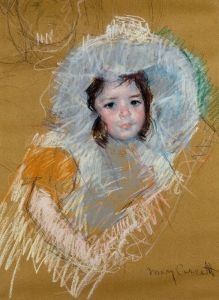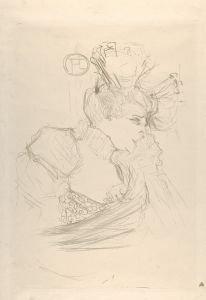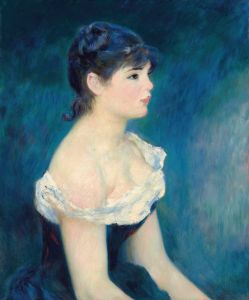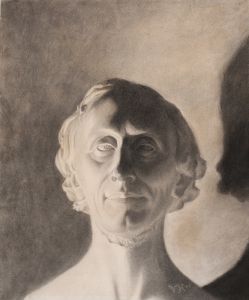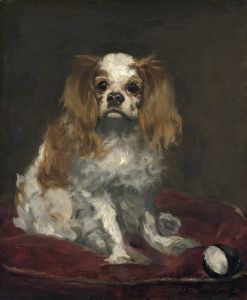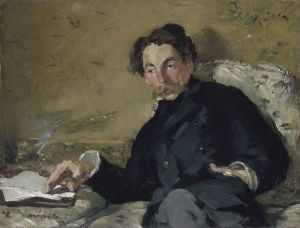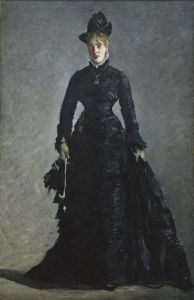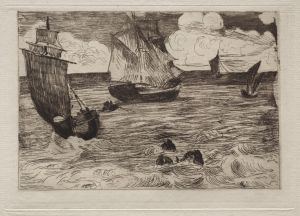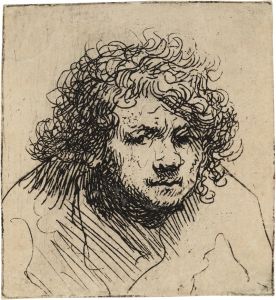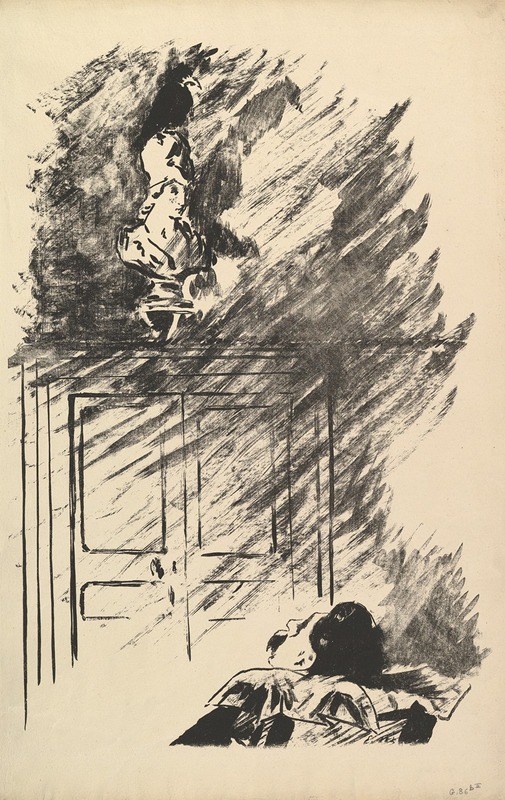
Perched upon a Bust of Pallas. Illustration to The Raven by Edgar Allan Poe
A hand-painted replica of Édouard Manet’s masterpiece Perched upon a Bust of Pallas. Illustration to The Raven by Edgar Allan Poe, meticulously crafted by professional artists to capture the true essence of the original. Each piece is created with museum-quality canvas and rare mineral pigments, carefully painted by experienced artists with delicate brushstrokes and rich, layered colors to perfectly recreate the texture of the original artwork. Unlike machine-printed reproductions, this hand-painted version brings the painting to life, infused with the artist’s emotions and skill in every stroke. Whether for personal collection or home decoration, it instantly elevates the artistic atmosphere of any space.
Édouard Manet's "Perched upon a Bust of Pallas. Illustration to The Raven by Edgar Allan Poe" is an artwork created as part of a series of illustrations for Stéphane Mallarmé's French translation of Edgar Allan Poe's famous poem, The Raven. This particular illustration depicts one of the most iconic moments in the poem, where the mysterious raven perches atop a bust of Pallas Athena, the Greek goddess of wisdom. The scene symbolizes the bird's ominous presence and its association with knowledge and foreboding.
Manet, a prominent French painter and a key figure in the transition from Realism to Impressionism, created this illustration in 1875. The work was part of a collaborative project between Manet and Mallarmé, who was a leading French Symbolist poet and a devoted admirer of Poe. Mallarmé translated The Raven into French under the title Le Corbeau, and Manet provided the accompanying illustrations. This collaboration is considered a significant example of the interplay between visual art and literature in the 19th century.
The illustration is executed in black ink, showcasing Manet's skill in creating dramatic contrasts and his ability to convey mood and atmosphere with minimal detail. The raven is depicted with a striking silhouette, emphasizing its dark and menacing presence. The bust of Pallas is rendered with simplicity, allowing the viewer to focus on the interaction between the bird and its perch. The stark black-and-white composition reflects the somber and mysterious tone of Poe's poem.
Manet's illustrations for The Raven were published as part of a limited-edition book in 1875, which included Mallarmé's translation and Manet's artwork. This edition is highly regarded for its artistic and literary significance, as it brought together two major figures of 19th-century art and literature. The collaboration also highlights the influence of Poe's work on European artists and writers, particularly in France, where his themes of melancholy, mystery, and the macabre resonated deeply.
Manet's illustration of the raven on the bust of Pallas remains an enduring visual interpretation of Poe's poem. It captures the haunting and enigmatic qualities of the text while showcasing Manet's distinctive artistic style. The work is an example of how visual art can complement and enhance literary expression, creating a dialogue between two creative mediums.





